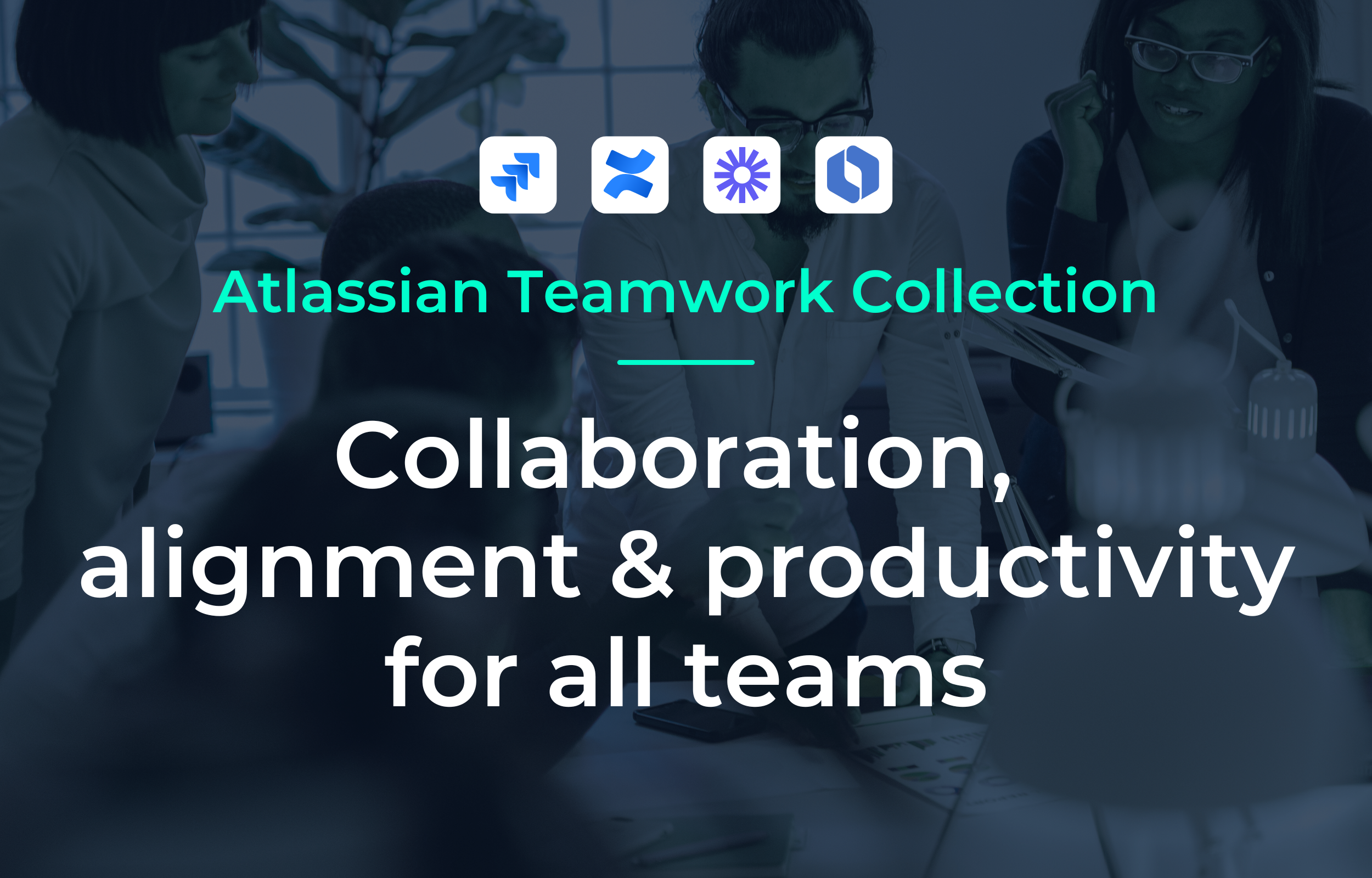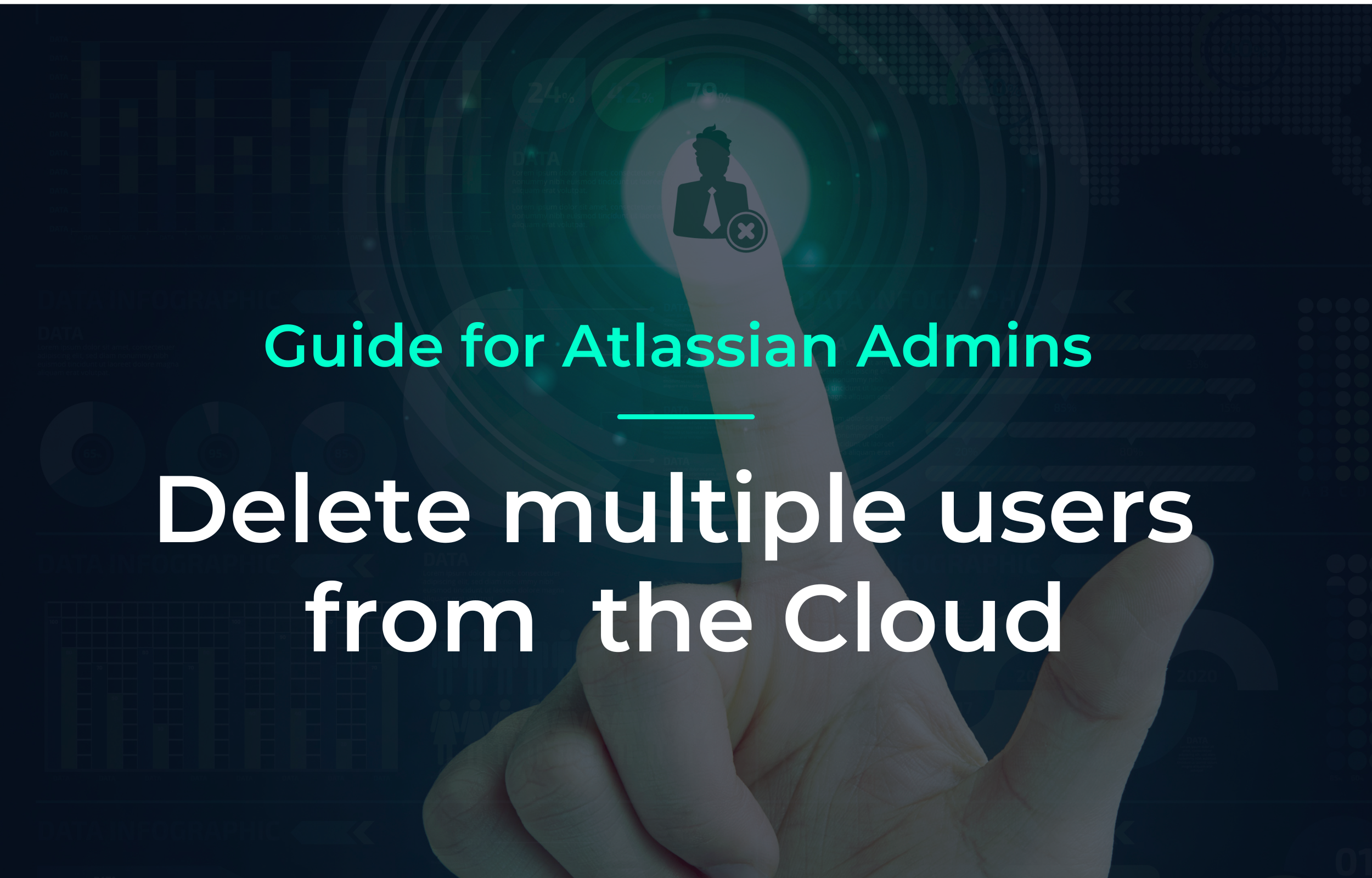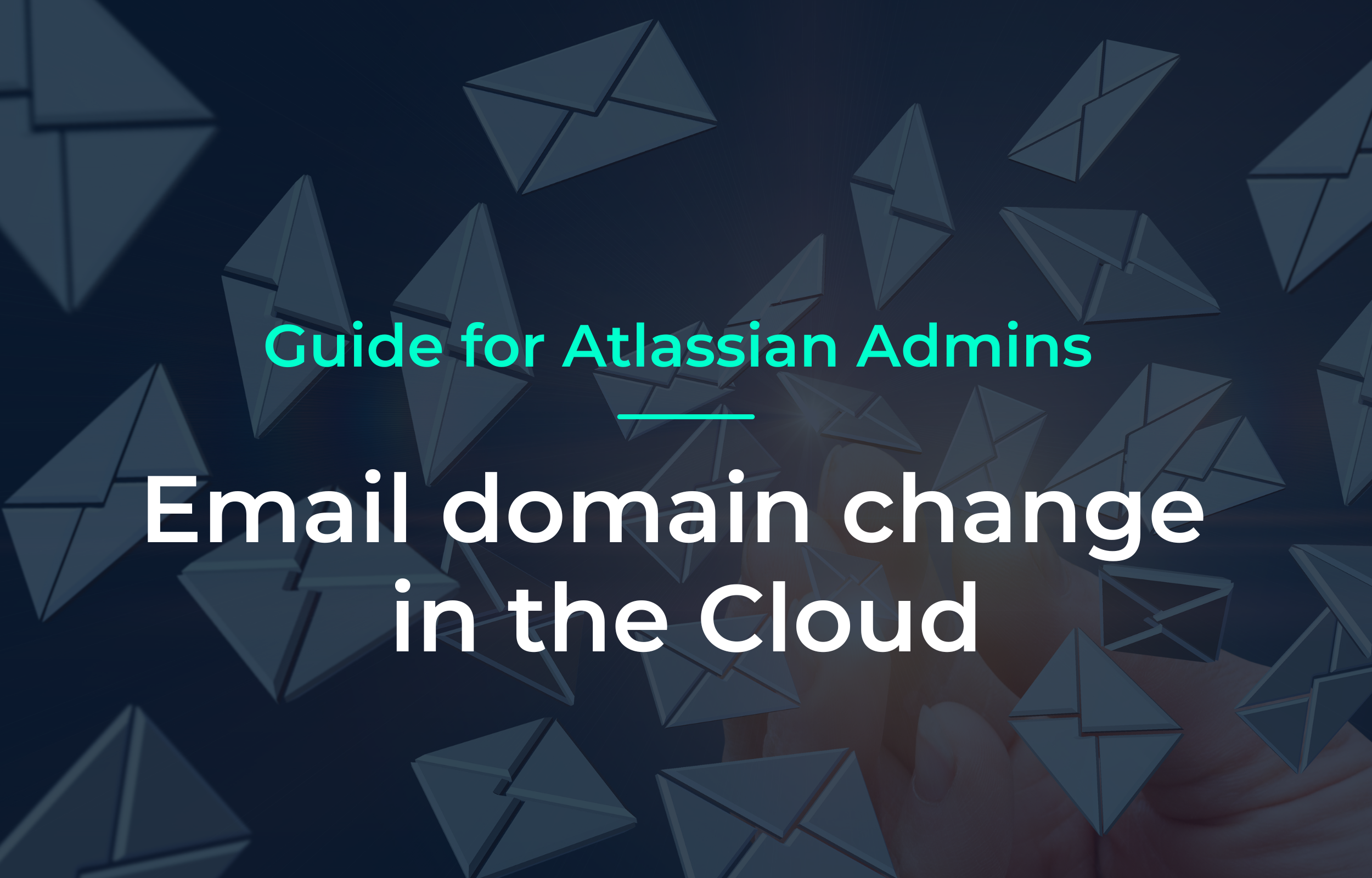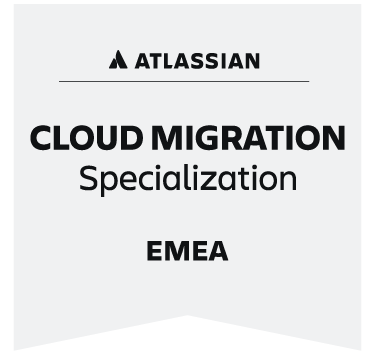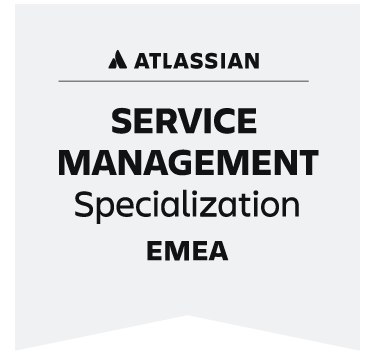Concepts, Best Practices and Tools
- Concepts, Best Practices and Tools
- What is monitoring?
- What you can monitor
- Application performance monitoring (APM)
- Monitoring of system availability (uptime)
- Monitoring of complex system logs and metrics
- How does monitoring help teams identify and diagnose problems?
- What is Observability?
- The three pillars of observability: metrics, traces and logs
- How Observability helps teams understand the behavior of their systems
- How can DevOps teams effectively implement observability?
- How to implement monitoring and observability in DevOps?
- Best practices for implementing monitoring and observability in a DevOps context.
- How to improve your implementation of monitoring and observability
- The Best Monitoring and Observability Tools for DevOps Teams
- But what are the best tools for the job?
- How to choose the right tools for monitoring and observability
- Conclusion
DevOps teams are under constant pressure to deliver high-quality software quickly. However, as systems become more complex and decentralized, it becomes increasingly difficult for teams to understand the behavior of their systems and to detect and diagnose problems. This is where monitoring and observability come into play. But what exactly are monitoring and observability, and why are they so important for DevOps teams?
Monitoring is the process of collecting and analyzing data about a system's performance and behavior. This allows teams to understand how their systems are performing in real time and quickly identify and diagnose problems.
Observability, on the other hand, is the ability to infer the internal state of a system from its external outputs. It provides deeper insights into the behavior of systems and helps teams understand how their systems behave under different conditions.
But why are monitoring and observability so important for DevOps teams?
The short answer is that they help teams release software faster and with fewer bugs. By providing real-time insight into the performance and behavior of systems, monitoring and observability help teams identify and diagnose problems early, before they become critical. Essentially, Monitoring and Observability provide rapid feedback on the state of the system at a given point in time. This allows teams to roll out new features with high confidence, resolve issues quickly, and avoid downtime, resulting in faster software delivery and higher customer satisfaction overall.
But how can DevOps teams effectively implement monitoring and observability? And what are the best tools for the job? Let's find out.
What is monitoring?
Monitoring is the foundation of Observability and the process of collecting, analyzing, and visualizing data about a system's performance and behavior. It enables teams to understand how their systems are performing in real time and to quickly identify and diagnose problems. There are different types of monitoring, each with its own tools and best practices.
What you can monitor
Application performance monitoring (APM)
APM is the monitoring of software application performance and availability. It is important for identifying bottlenecks and ensuring an optimal user experience. Teams use APM to get real-time visibility into the health of their applications, identify problems in specific application components, and optimize the user experience. Tools such as New Relic, AppDynamics, and Splunk are commonly used for APM.
Monitoring of system availability (uptime)
Monitoring system availability is important to ensure that IT services are available and performing around the clock. In today's digital world, downtime can result in significant financial loss and reputational damage. With system availability monitoring, teams can track the availability of servers, networks, and storage devices, detect outages or performance degradation, and quickly take countermeasures. Infrastructure monitoring tools such as Nagios, Zabbix and Datadog are widely used for this purpose.
Monitoring of complex system logs and metrics
With the advent of decentralized systems and containerization, such as Kubernetes, monitoring system logs and metrics has become even more important. It helps teams understand system behavior over time, identify patterns, and detect potential problems before they escalate. By monitoring logs and metrics, teams can ensure the health and stability of their Kubernetes clusters, diagnose problems immediately and improve resource allocation decisions. Tools such as Elasticsearch, Logstash, Kibana, and New Relic are commonly used to monitor complex logs and metrics.
How does monitoring help teams identify and diagnose problems?
How do I find the most interesting use case in my company to start implementing a monitoring solution? The answer is: it depends on the needs of your team and your specific use case. It's a good idea to first identify the most critical areas of your systems and then choose a monitoring strategy that best fits your needs.
With a good monitoring strategy, you can quickly detect and diagnose problems to avoid downtime and keep your customers happy. But monitoring is not the only solution. You also need to have visibility into the internal health of your systems; that's where observability comes in. The next section is about observability and how it complements monitoring.
What is Observability?
While monitoring provides real-time insight into the performance and behavior of systems, it does not give teams a complete view of how their systems behave under different conditions. This is where observability comes in.
Observability is the ability to infer the internal state of a system from its external outputs. It provides deeper insights into the behavior of systems and helps teams understand how their systems behave under different conditions.
The key to observability is understanding the three pillars of observability: metrics, traces, and logs.
The three pillars of observability: metrics, traces and logs
Metrics are quantitative measurements of the performance and behavior of a system. These include things like CPU utilization, memory usage, and request latency.
Traces are a set of events that describe a request as it flows through the system. They contain information about the path a request takes, the services it interacts with, and the time it spends at each service.
Logs are records of events that have occurred in a system. They contain information about errors, warnings and other types of events.
How Observability helps teams understand the behavior of their systems
By collecting and analyzing data from all three pillars of Observability, teams can gain a more comprehensive understanding of the behavior of their systems.
For example, if an application is running slowly, metrics can provide insight into how much CPU and memory is being consumed, traces can provide insight into which requests are taking the longest, and logs can reveal why requests are taking so long.
By combining data from all three pillars, teams can quickly identify the root cause of the problem and take action to fix it.
However, collecting and analyzing data from all three pillars of observability can be challenging.
How can DevOps teams effectively implement observability?
The answer is to use observability tools to take a comprehensive look at your systems. Tools like Grafana can collect and visualize data from all three pillars of observability, allowing teams to understand the behavior of their systems at a glance.
When you implement observability, you can understand the internal health of your systems. This allows you to fix problems before they become critical and identify patterns and trends that can lead to better performance, reliability and customer satisfaction.
The next section shows you how to implement monitoring and observability in your DevOps team.
How to implement monitoring and observability in DevOps?
- Discuss best practices for implementing monitoring and observability in a DevOps context.
- Explain how you use monitoring and observability tools effectively
- Describe how you can integrate monitoring and observability into the development process.
Now that we understand the importance of monitoring and observability and what they mean, let's discuss how to implement them in a DevOps context. Effective implementation of monitoring and observability requires a combination of the right tools, best practices, and a clear understanding of your team's needs and use cases.
Best practices for implementing monitoring and observability in a DevOps context.
In the DevOps context, monitoring and observability should be implemented strategically, focusing on customer impact and alignment with business goals. Monitoring systems should adhere to Service Level Agreements (SLAs), formal documents that guarantee a certain level of service, e.g. 99.5% uptime, and promise the customer compensation if these standards are not met.
Effective monitoring not only ensures that SLAs are met, but also protects the company's reputation and customer relationships. Poor reliability can damage trust and reputation. That's why proactive monitoring that includes continuous data collection, real-time analytics and rapid problem resolution is critical. Improved monitoring capabilities can be achieved with automated alerts, comprehensive logging, and end-to-end visibility tools.
As one of our experts at XALT says: "The best way to implement monitoring/observability is to support the business needs of the organization: achieving Service Level Agreements (SLA) for customers."
Another best practice for implementing monitoring and observability is to use monitoring and observability tools that provide a comprehensive view of your systems. As mentioned earlier, tools like Prometheus, Zipkin, Grafana, New Relic, and Coralgix can collect and visualize data from all three pillars of observability so teams can understand the behavior of their systems at a glance.
How to improve your implementation of monitoring and observability
An important aspect of monitoring and observability is its integration into the development process. As part of your build and deployment process, you can, for example, monitor your Continuous Integration and Delivery Pipeline to automatically collect and send data to your monitoring and observability tools. This way, monitoring and observability data is automatically collected and analyzed in real time, allowing teams to quickly identify and diagnose problems.
Establishing a clear process for incident management is another way to improve monitoring and observability implementation. When a problem occurs, your team will know exactly who is responsible and what actions need to be taken to resolve the issue. This is important because it ensures that the incident is resolved quickly and effectively, helping to minimize downtime and increase customer satisfaction.
You may be wondering, what's the best way to introduce Monitoring and Observability to my team?
The answer is that it depends on the needs of your team and your specific use case. The most important thing is to first identify the critical areas of your systems and then decide on a monitoring and observability strategy that best fits your needs.
By introducing monitoring and observability to your DevOps team, you can deliver software faster and with fewer bugs, improve the performance and reliability of your systems, and increase customer satisfaction.
Let's take a look at the best tools for monitoring and observability in the next section.
The Best Monitoring and Observability Tools for DevOps Teams
In the previous sections, we discussed the importance of monitoring and observability and how they can be implemented in the DevOps context.
But what are the best tools for the job?
In this section, we'll introduce some popular tools for monitoring and observability and explain how to choose the right tool for your team and use case.
There are a variety of tools for monitoring and observability. The most popular tools include Prometheus, Grafana, Elasticsearch, Logstash and Kibana (ELK).
- Prometheus is an open source monitoring and observability tool widely used in the Kubernetes ecosystem. It provides a powerful query language and a variety of visualization options. It also integrates easily with other tools and services.
- Grafana is an open source monitoring and observability tool that allows you to query and visualize data from various sources, including Prometheus. It offers a wide range of visualization options and is widely used in the Kubernetes ecosystem.
- Kibana (ELK) is a set of open source tools for log management. Kibana is also a visualization tool that lets you create and share interactive dashboards based on data stored in Elasticsearch.
- Elasticsearch is a powerful search engine used to index, search, and analyze logs. Logstash is a log collection and processing tool that can be used to collect, parse, and send logs to Elasticsearch.
- OpenTelemetry is an open source project that provides a common set of APIs and libraries for telemetry. It is a common set of APIs for metrics and tracing. You can use it to instrument your applications and choose between different backends, including Prometheus, Jaeger, and Zipkin.
- New Relic is a software analytics company that provides tools for real-time monitoring and performance analysis of software, infrastructure and customer experience.
How to choose the right tools for monitoring and observability
When choosing a monitoring and observability tool, it's important to consider the needs of your team and the use case. For example, if you are running a Kubernetes cluster, Prometheus and Grafana are good choices. If you need to manage a large number of logs, ELK might be a better choice. And if you're looking for a set of standard APIs for metrics and tracing, OpenTelemetry is a good choice.
It is not always necessary to choose just one tool. You can always use multiple monitoring and observability tools to cover different use cases. For example, you can use Prometheus for metrics, Zipkin for tracing, and ELK for log management.
By choosing the right tool for your team and use case, you can effectively leverage monitoring and observability to gain deeper insights into the behavior of your systems.
Conclusion
In this article we have taken a deep dive into the world of monitoring and observability for DevOps-teams. We discussed the importance of monitoring and observability, explained the concepts and practices in detail, and showed you how to implement monitoring and observability in your team. We also introduced some popular tools for monitoring and observability and explained how to choose the right tool for your team and use case.
In summary, monitoring is the collection and analysis of data about the performance and behavior of a system. Observability is the ability to infer the internal state of a system from its external outputs. Monitoring and observability are essential for DevOps teams to deliver software faster and with fewer bugs, improve system performance and reliability, and increase customer satisfaction. By using the right tools and best practices and integrating monitoring and observability into the development process, DevOps teams can gain real-time insights into the performance and behavior of their systems and quickly identify and diagnose problems.

